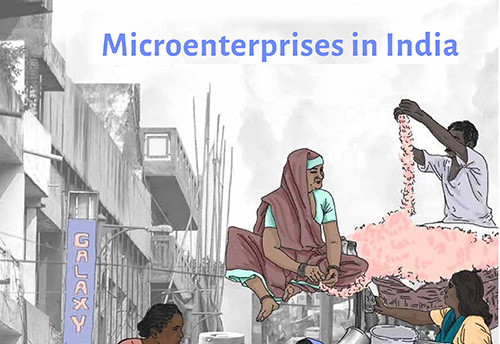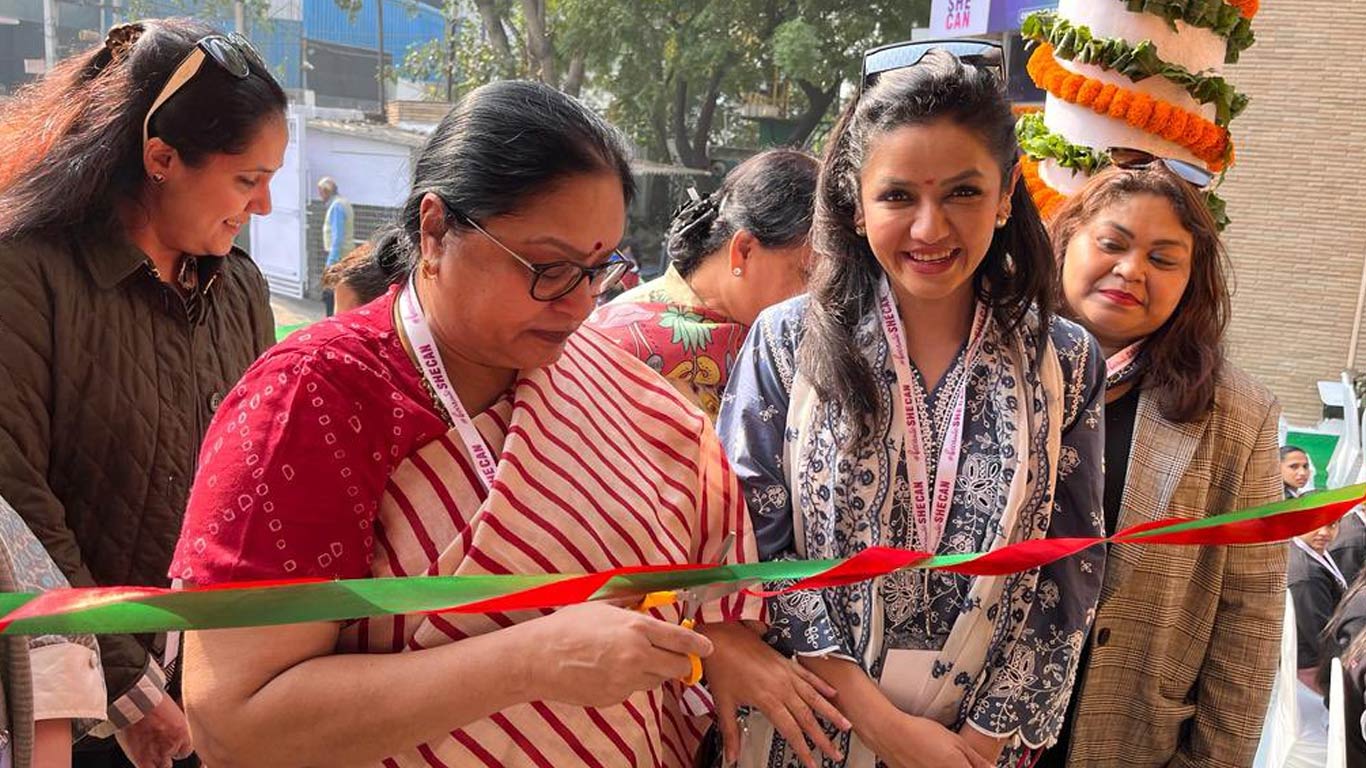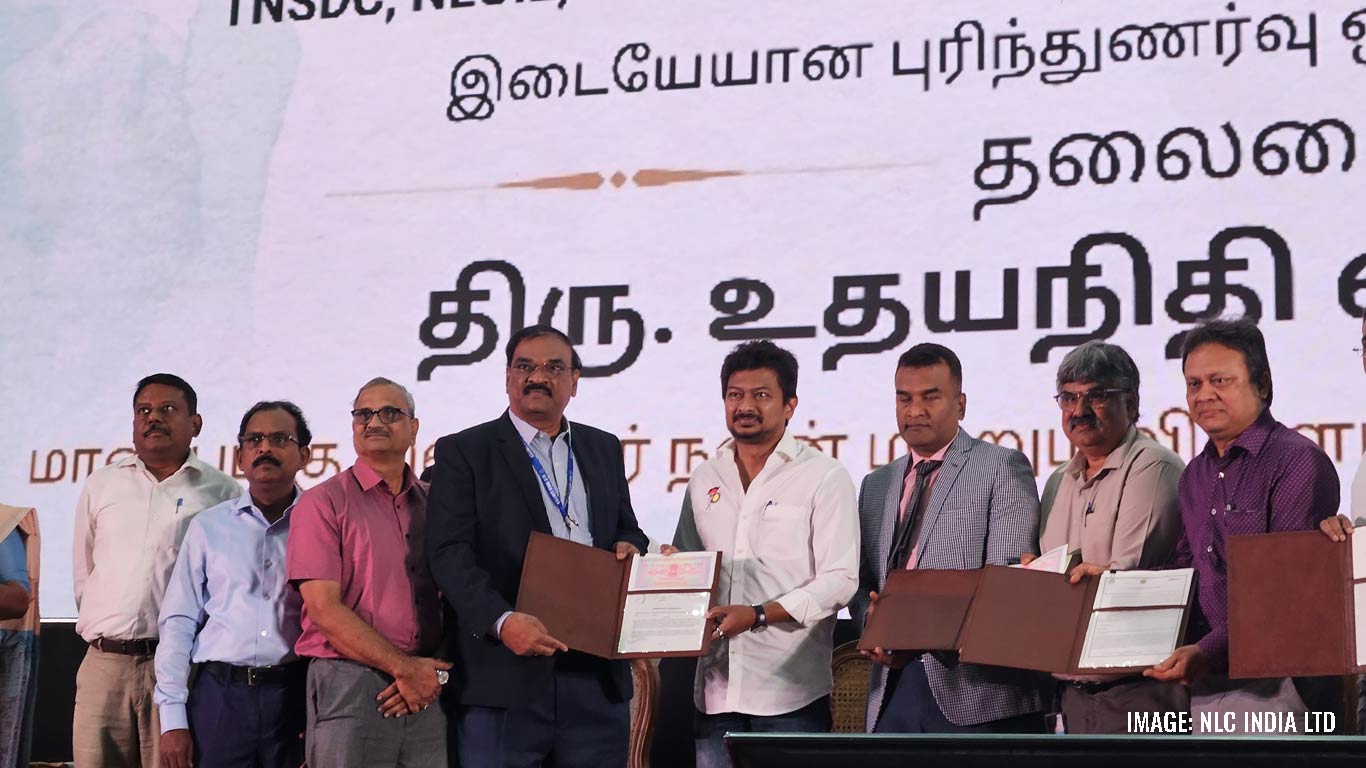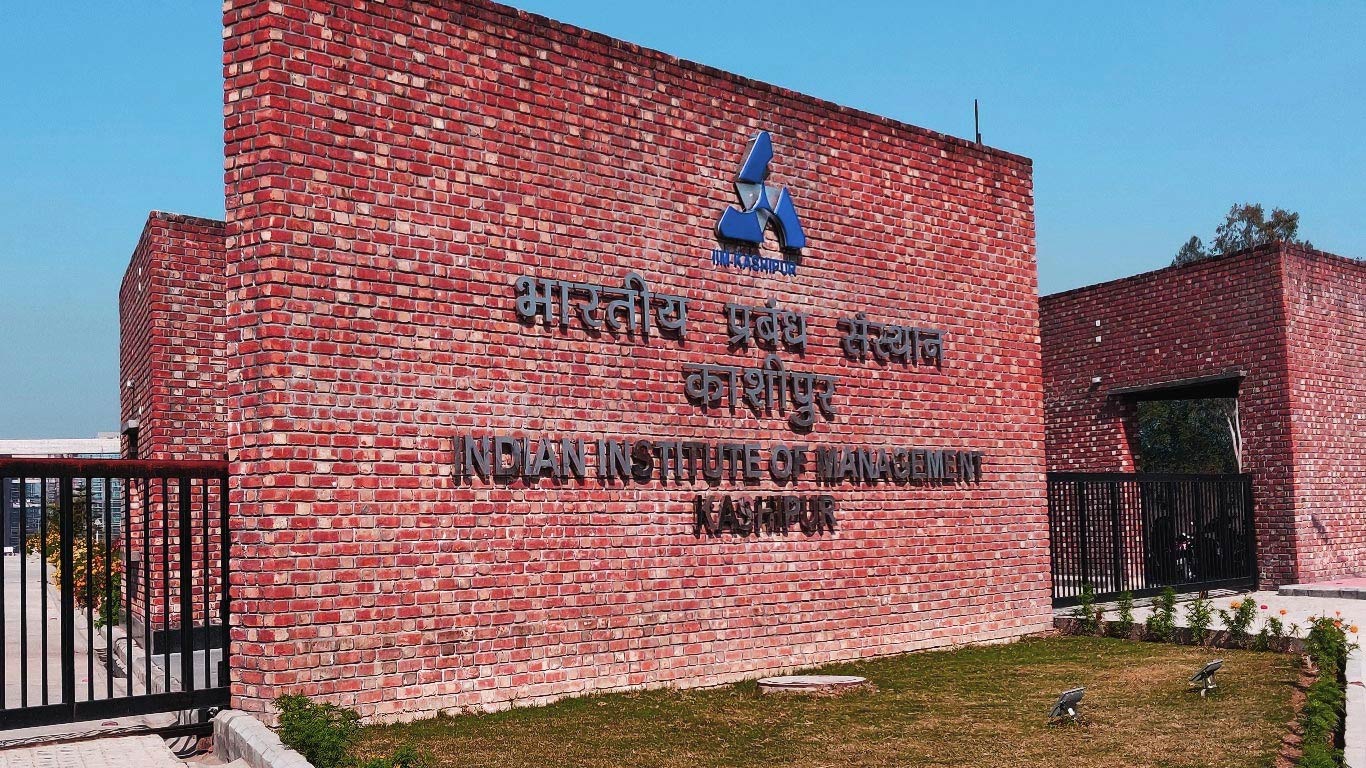Despite good performance in labour productivity; wage levels are very low in microenterprise sector: Report
Updated: Oct 23, 2019 08:54:55am

Despite good performance in labour productivity; wage levels are very low in microenterprise sector: Report
Bengaluru, Oct 23 (KNN) The microenterprise sector has displayed good growth in labour productivity, but wage levels are still very low, claims a report suggesting that India needs to invest policy attention and resources to creating and developing microentrepreneurs who can be drivers of growth and shared prosperity.
"As of 2015, not a single industry among the large employers showed average monthly wages of even Rs 10,000 per month, with the majority lying between six and eight thousand rupees", it said.
The report on employment creation possibilities in the sector is co-produced by Azim Premji Universitys Centre for Sustainable Employment and the Global Alliance for Mass Entrepreneurship (GAME).
The report named Microenterprises in India: A Multidimensional Analysishas been prepared by Amit Basole from Azim Premji University and Vidya Chandy from Global Alliance for Mass Entrepreneurship.
According to the report, the majority of microenterprises are tiny and run with less than three workers while larger enterprises have failed to increase their share in GVA (Gross Value Added) and employment.
Industries like apparel, tobacco, restaurants, and education experienced good employment growth in rural India while in urban India they were health, education, tobacco, furniture, and sale of cars and motorcycles.
The health and education industries have been successfully able to create productive and well-paying work opportunities in the microenterprise sector. If both health and education industries continue to grow as they have done, they will create roughly 2,60,000 employment opportunities every year just in the microenterprise sector alone, the report further said.
In the conclusion, the report suggested that India needs to invest policy attention and resources to creating and developing microentrepreneurs who can be drivers of growth and shared prosperity.
Currently these microenterprises create 11 per cent of jobs in India compared with 30-40 per cent of the jobs in both developed and developing countries.11 There are significant barriers to growth and support for microenterprises including lack of aspiration, perception of risks, entrepreneurial mindset and skillset, access to finance, infrastructural constraints, absence of market linkages and mentoring; and the hurdles are even greater for women.
The report findings also clearly show that India has thus far failed to increase the scale of the microenterprise sector substantially.
The full report can be viewed at:
---------------------











